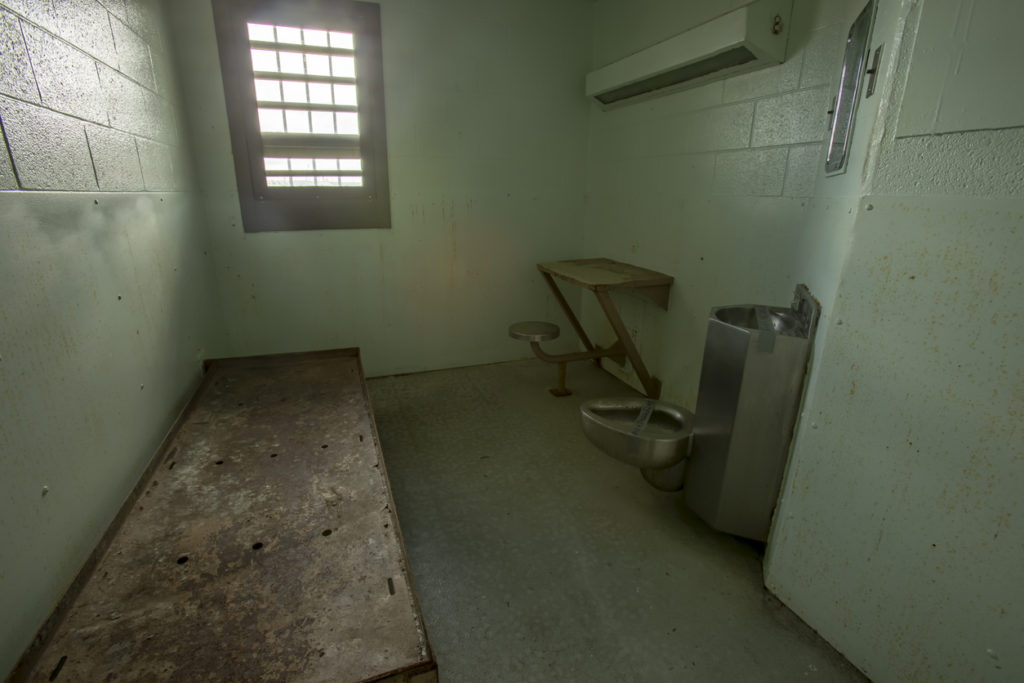What Can Be Done to Prevent Suicides in City Jails in Texas such as Mansfield City Jail? -Pt. 2

The tragic suicide of 34-year-old Matthew Glen Wood at the City of Mansfield Jail in Mansfield, Texas, fits into the statistic that smaller jails have higher suicide rates. According to the National Institute of Corrections (NICIC), of all jail suicides, 14% occur in smaller jails. When there are less than 50 inmates, suicide is 5 times higher than in other jails. Challenges in suicide prevention are often connected to the fact that there is no training in preventing suicides or it is not provided annually. Also, among the majority of jails that do have a suicide prevention plan, many of their suicide prevention policies are not comprehensive.
NICIC’s study on suicide prevention in jails asked what makes jails risky and the following conclusions were made. The jail environment is conducive to suicidal behaviors because:
- Personal control is diminished.
- Inmates are separated from their network of social support.
- Inmates experience isolation and often have privacy in which to in act a suicide attempt.
- Mental health resources may not be made available to inmates in some jails.
According to jail statistics, the following types of inmates are in high-risk groups:
- Young men
- Mentally ill
- Substance abusers
- Previous attempts at suicide
NICIC established that jails are risky settings, and research found the following issues create a vulnerable jail population:
- Shame of incarceration
- Fear of the unknown
- Fear of other inmates
- Stress on relationships
See Part 1 and this ongoing series.
All posts are provided on this site for the benefit of inmates and former prisoners of Texas jails. At no time is it intended on this website to infer misdeeds on the part of individuals or institutions.
–Guest Contributor
